Monalisa
Courtier
- Joined
- Jan 26, 2004
- Messages
- 746
- City
- Namur
- Country
- Belgium
Hi all,post here pictures of royals and celebrities wearing moroccan "taraditionnal" dresses or stylish dresses with moroccan inspiration!
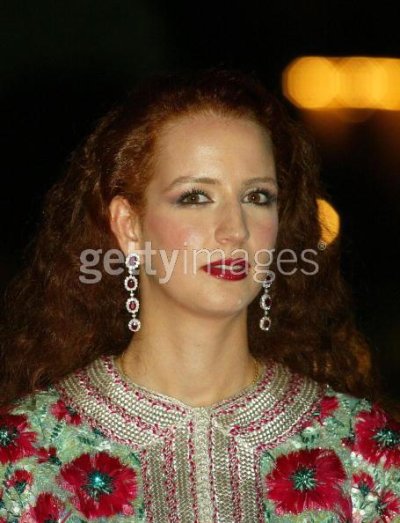
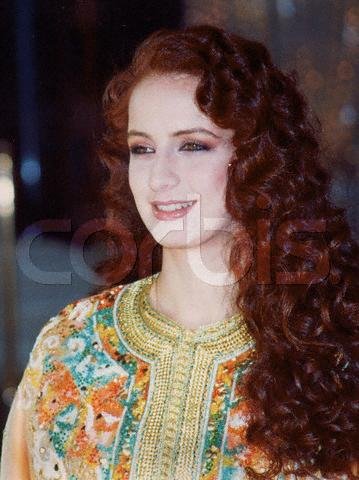
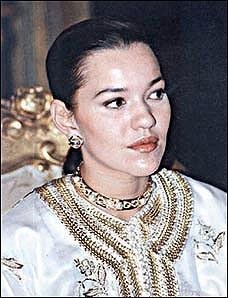
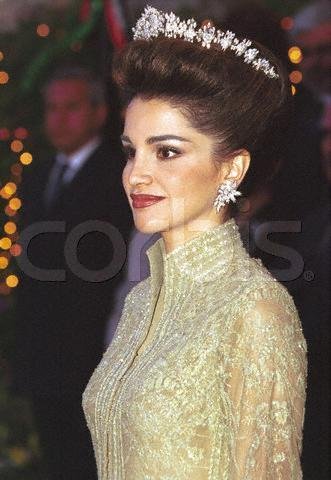
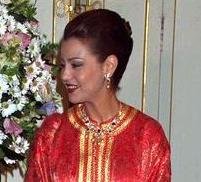
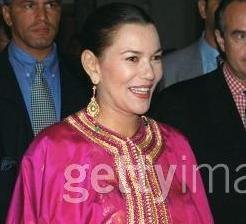
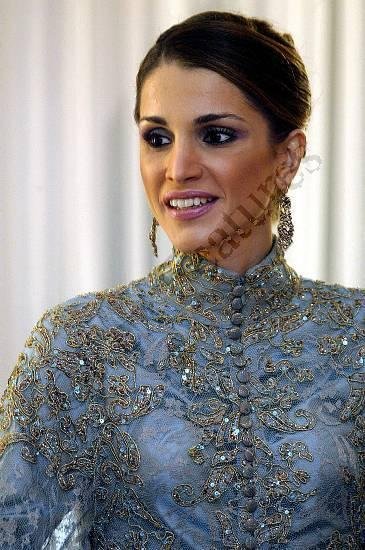
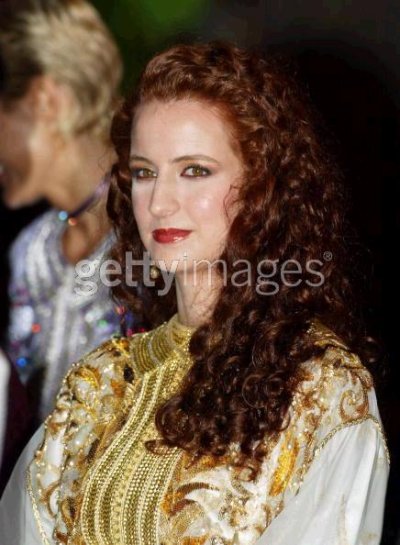
abir said:Hi Monalisa, thanks for the new thread called "Moroccan dresses and their influence in the fashion"
For Rania dress and Elie Saab inspiration, my remark is why it can't be the way around which means: other culture drsses who influence Moroccan dress (Morocco was originaly berber and berber cloths are different, so kaftan style was introduced to Morocco by the arabs)
or simply arab dresees look similar due to same history and culture. For example circassian women dress is similar to Moroccan one but details are different and circassian women wear this style for decades. So to me I beleive Rania dress is more influenced by circassian dress (which are part of Jordan) than from a far country like Morocco. I post down pictures where you can see the similarities.
Now about "Moroccan dresses influence in the fashion", I love to add this one:
The Hippies of the sixties had brought with them clothes from other ethnic groupings which had often never even been seen before. Nehru jackets and loose flowing robes from hot countries made their way to world cities and permeated down to mainstream fashion, helped of course by designers like Yves St Laurent.
From the mid to late 70s, caftans, kaftans, kimonos, muumuus, djellaba (a Moroccan robe with a pointed hood) or jalabiya (a loose eastern robe) and other styles from every part of the Indian sub continent and Africa were translated into at home style robes and comfort wear. They were worked in every fabric imaginable, but were especially suited as glamour dressing when worked in exotic fabrics and edged in silver or metallic trims.
From http://www.fashion-era.com/1970s.htm#Caftan%20Or%20Kaftanhttp://www.fashion-era.com/1970s.htm#Caftan Or Kaftan

You are welcome Monalisa.Monalisa said:Thanks abir for the nice pictures of the circassian dresses and the informations.
I don't exclue that the moroccan traditionnal dresses got many influences from other cultures,but the thing which does from it what they are now is the specificity of the moroccan culture,so you can't find the same dresses in the closer countries for example algeria or tunisia,the "takchitas" are a specificity for morocco.
abir said:Moroccan princesses (in Paris) and Prince Charles (London) wore bornos ...
Bornos may have Berber/Carthago/Roman origin ... so most likely North Africa and Mediterranean
Monalisa said:Nicole Kidman wearing a nice dress from YSL Yves saint-laurent,the influence from the sleevless moroccan caftans!
P.S:YSL is born in algeria,and living in morocco from the early 80's in the famous villa "majorelle" in marrakesh,so the influence is understundable!
